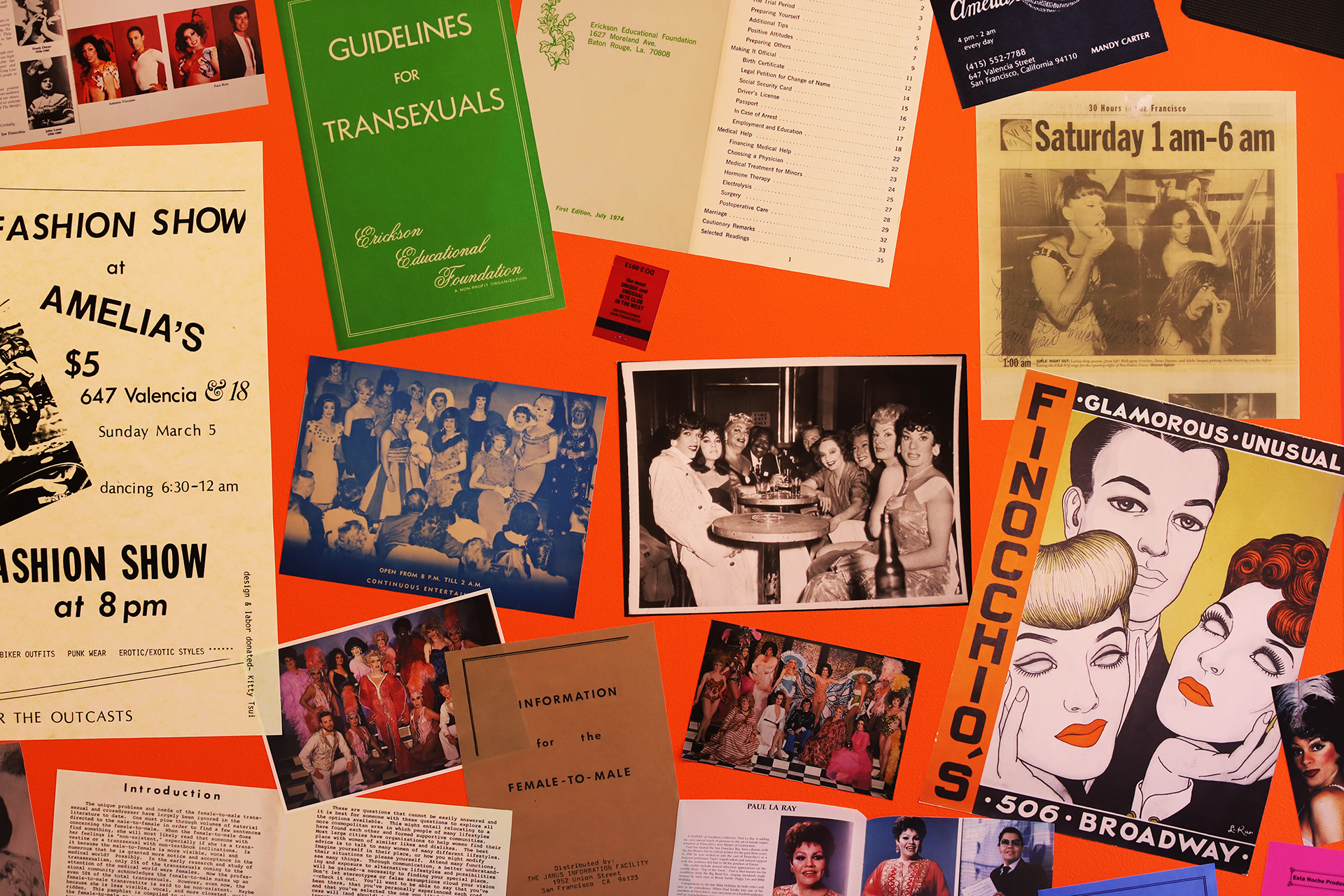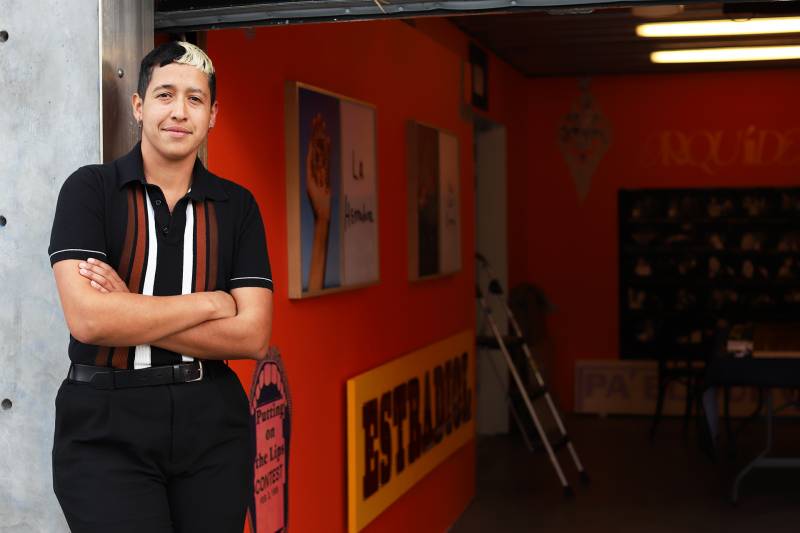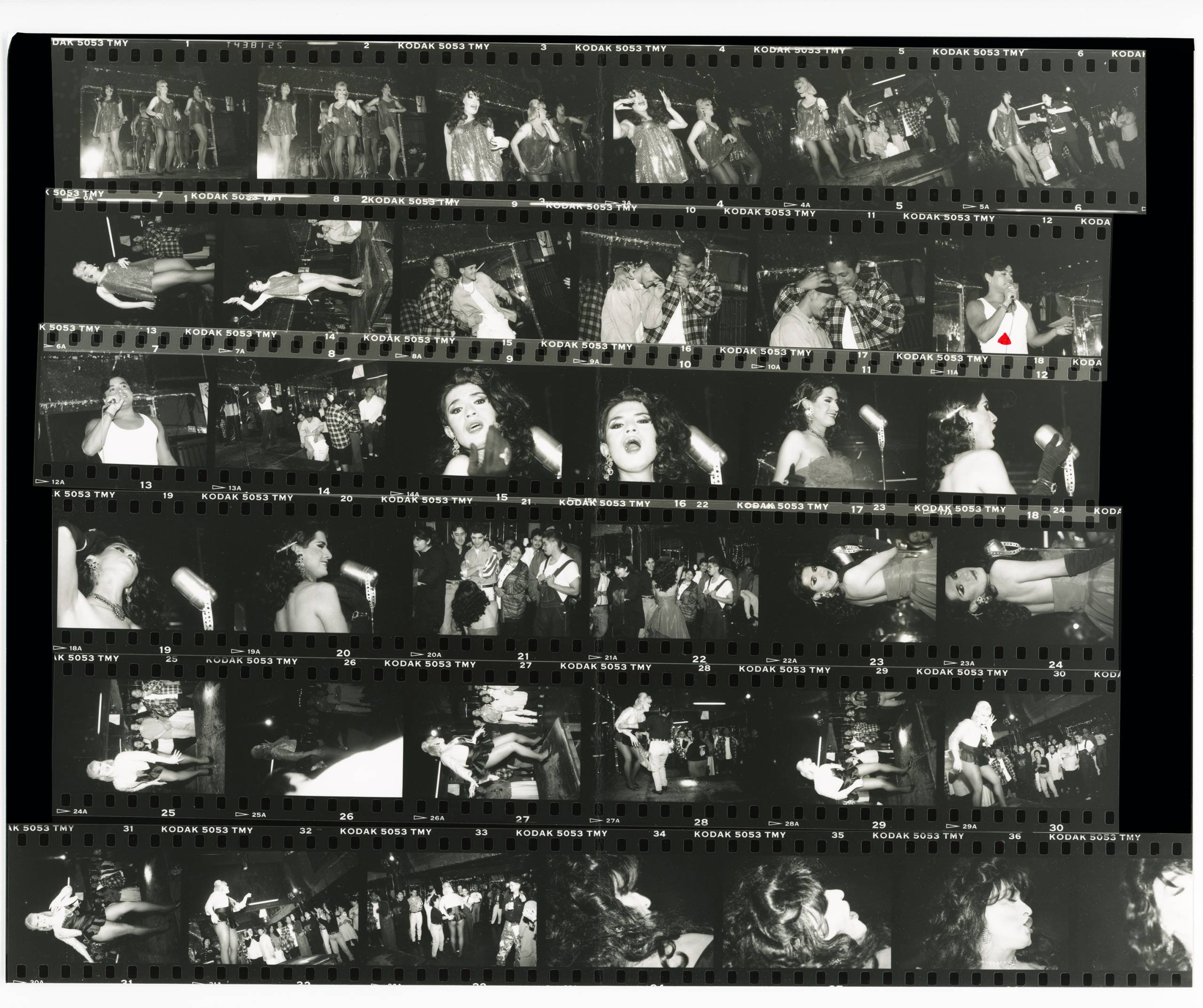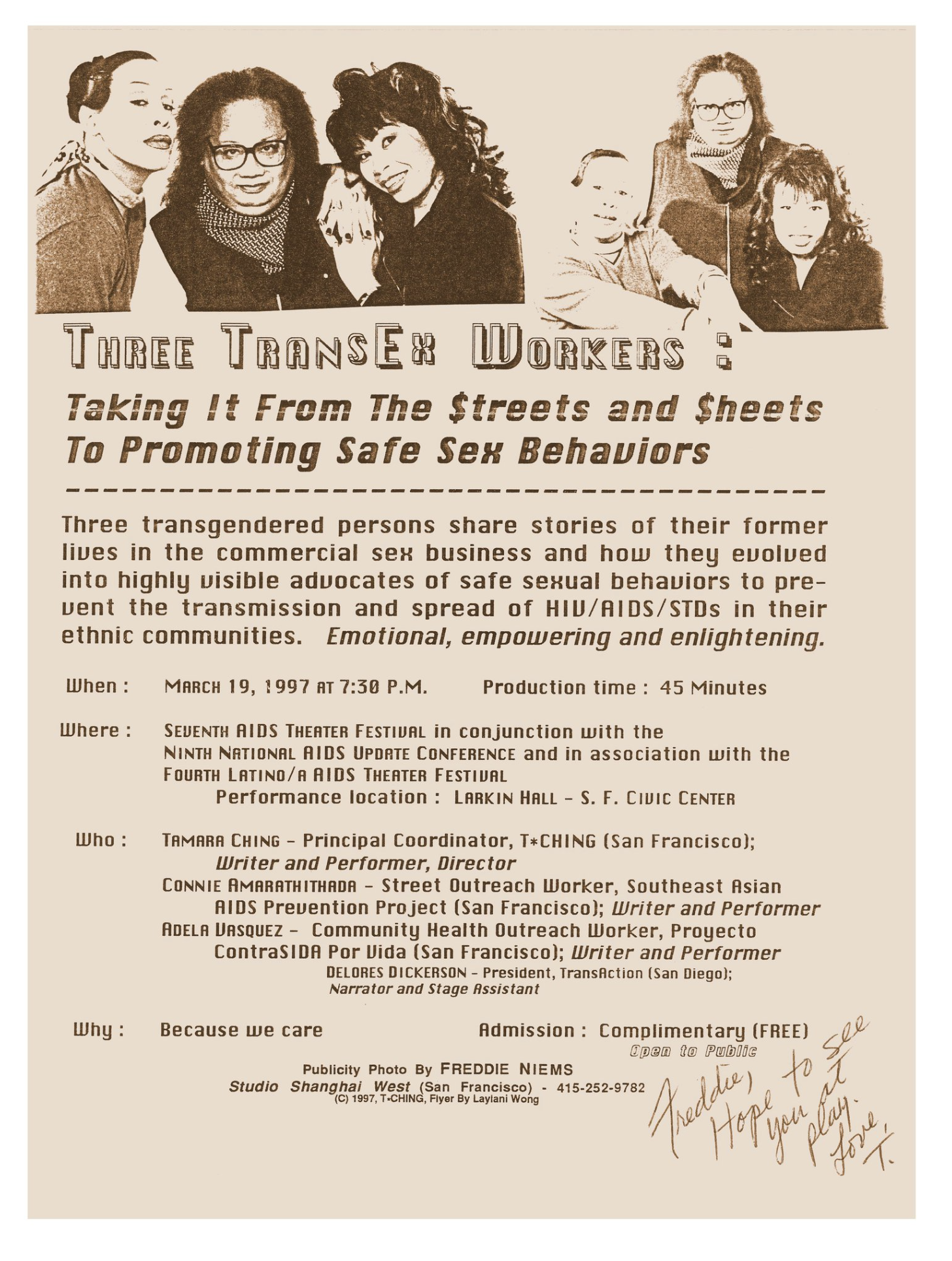For their residency at the historic David Ireland House, artist Marcel Pardo Ariza decided to roll up the garage door of the ivory tower, and turn the conceptual art space into a sanctuary for the people of San Francisco’s Mission District.
The photographer, curator and installation artist spent the summer inviting trans organizers to 500 Capp Street. Over meals, guests like performer-activist Donna Personna and community advocate Billie Cooper shared stories of how trans people survived discriminatory laws and police harassment in the 1960s and ’70s, and took care of each other during the AIDS epidemic in the ’80s.
Pardo Ariza took heart in how over the decades, trans people have always come together in chosen families and underground networks of support — no matter how hostile the climate.
“I think it’s important for us — as our humanity is being questioned and attacked constantly — to think about, first, how have people in the past organized to combat this same rhetoric?” Pardo Ariza says. “Also to understand that if we all collectively support each other, that there’s going to be less of a sense of self-hate or isolation or fear, too.”
Now, Pardo Ariza isn’t just making art with that message. Their new exhibition Orquídeas, opening Oct. 19 at 500 Capp, sets out to create that sense of solidarity, community and celebration in real time. The goal is to make the gallery not just a hub for activism and organizing, but “a place to gather that’s for the soul,” the artist says.

That begins with the colorful, street-facing installation inside the David Ireland House’s garage, Memoria Trans SF, developed with writer Julián Delgado Lopera in collaboration with the nonprofit El/La Para Translatinas, whose clients shared stories and posed for photos on display in the space. For the installation, Pardo Ariza papered the garage’s walls with large-scale scans from trans history: the 1932 book Women in Men’s Guise; 1990s photos of drag queens and trans women at the city’s first Latinx gay club, Esta Noche; posters from Finocchio’s, a drag club that opened in 1929.





